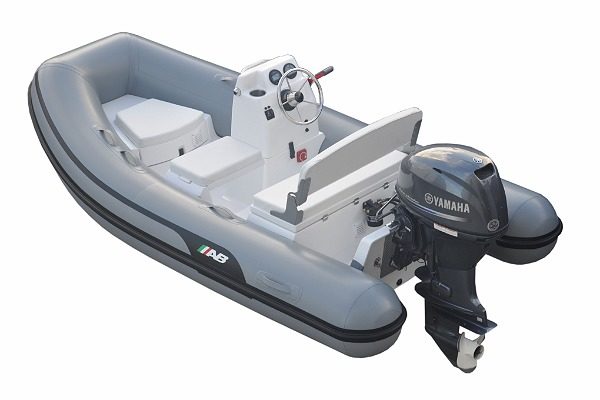
The History of Inflatable Boats: A Journey Through Time
Inflatable boats, now a staple in recreational and professional water activities, have a rich and diverse history that dates back over a century. The evolution of these versatile vessels is a tale of innovation, wartime necessity, and a growing appreciation for the great outdoors. Let’s embark on a journey through time to explore the remarkable evolution of inflatable boats.
-
Early Beginnings: The Birth of Inflatable Concepts
The concept of inflatable vessels can be traced back to the early civilizations that used animal skins filled with air to cross rivers and streams. However, the first semblance of the modern inflatable boat emerged in the early 19th century. In 1839, the Duke of Wellington tested the first inflatable pontoons, designed by Lieutenant Peter Halkett. These were rudimentary in design, yet they represented a significant leap in boat technology.
-
The 20th Century: Military Innovation Drives Development
The two World Wars were pivotal in the evolution of inflatable boats. Their value in military operations, particularly in covert missions and amphibious landings, was quickly recognized.

